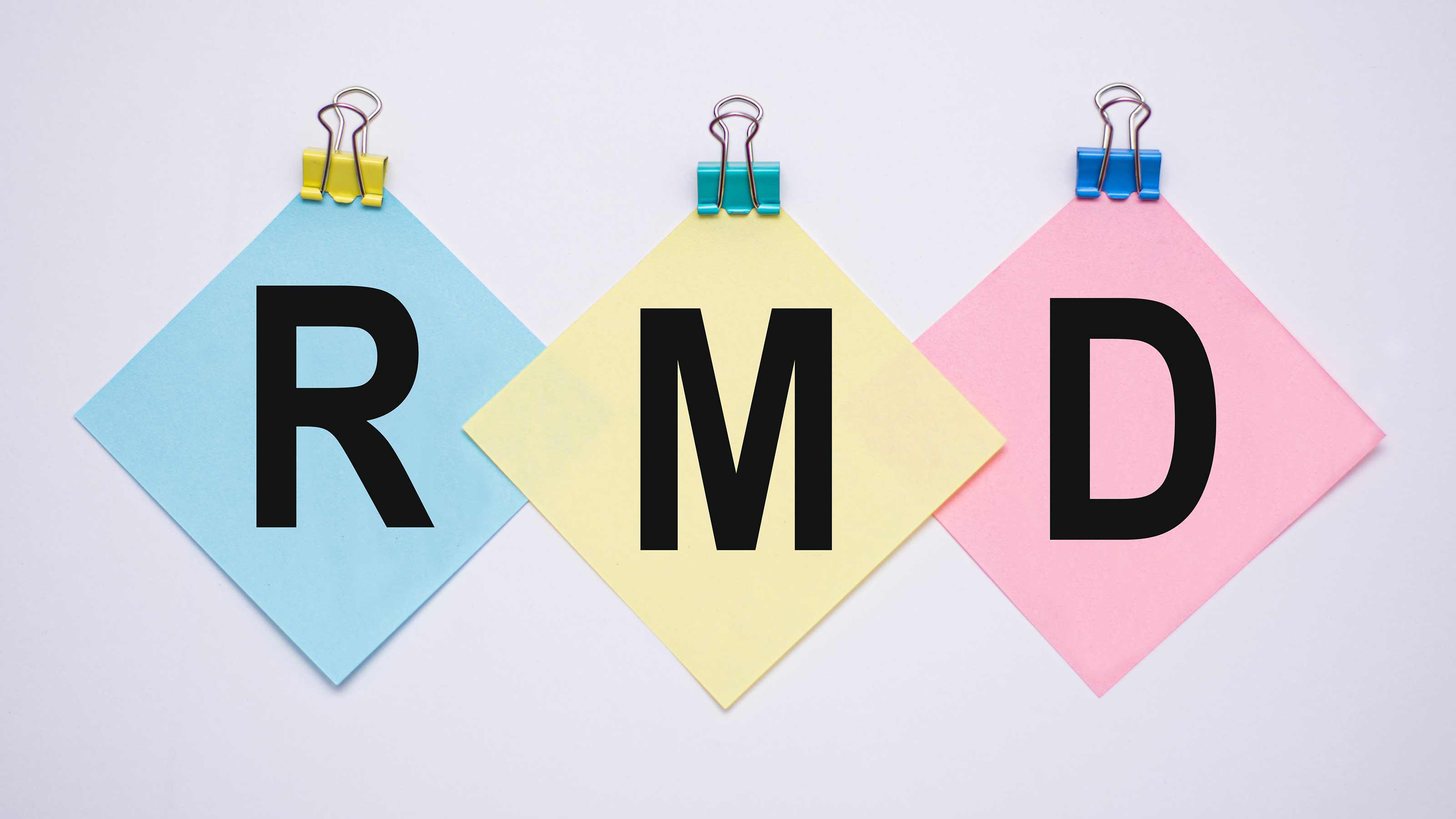New Ways to Ensure Steady Income During Retirement
Financial firms are launching products aimed at helping retirees transition from earning a paycheck to drawing on their savings.


Money-management firms are searching for new answers to an old question: How can retirees draw a steady "paycheck" from their nest eggs?
The firms are launching new products that aim to support a certain withdrawal rate in retirement. Natixis Global Asset Management, for example, this spring launched managed accounts that are designed to make steady monthly payouts to retirees, based on either a 4% or 5% annual withdrawal rate. And American Funds in late August launched a series of Retirement Income funds, which are designed to support annual withdrawals ranging from 2.5% to 4%.
Such products are meant to help older investors make a smooth transition from earning a paycheck during their working years to drawing steady income from their savings. They seek to give investors some reassurance that their portfolios can stay a step ahead of inflation and maintain their lifestyle in retirement.

Sign up for Kiplinger’s Free E-Newsletters
Profit and prosper with the best of expert advice on investing, taxes, retirement, personal finance and more - straight to your e-mail.
Profit and prosper with the best of expert advice - straight to your e-mail.
But the products don't offer any guarantees, and they can "give people some false assurance" if investors don't understand their risks, says Joe Tomlinson, a financial planner in Greenville, Me. The products' fees also present an additional hurdle for retirees trying to generate income in an era of low yields.
Fund firms are hoping to improve on the spotty track record of an earlier generation of retirement-income funds. "Managed payout" funds launched just ahead of the financial crisis were supposed to offer steady distributions to investors, but market turmoil caused some funds to sharply cut or eliminate payouts.
The Natixis ASG Retirement Spending Accounts, launched in May, are composed of mutual funds and exchange-traded funds and follow the longstanding 4% rule of thumb. With this rule, retirees can withdraw 4% of their nest egg in the first year of retirement and adjust that dollar amount each year to keep pace with inflation. (Natixis investors can also choose to start with a 5% withdrawal.)
The twist: The accounts start with a conservative allocation of roughly 15% stocks at retirement. Investors in withdrawal mode "can't afford to have a significant downdraft in the first five years" of retirement, says Ed Farrington, executive vice-president of retirement at Natixis. The stock allocation grows steadily during the first 15 years of retirement, rising as high as 50%, to minimize the risk that investors will lose ground to inflation or outlive their assets. But it grows more conservative again in the later retirement years. "The shorter the time frame, the less risk you need to take," he says.
Natixis currently offers accounts designed for investors who retired in 2000, 2005, 2010 and 2015. The accounts carry a fee of 1% of assets, and the minimum investment is $100,000.
A Choice of Withdrawal Rates
The American Funds Retirement Income funds leave it up to the investor to choose a withdrawal rate. The funds come in three flavors: a Conservative fund (symbol NAARX), with a 35% to 45% stock allocation designed to support a 2.5% to 3% annual withdrawal; a Moderate fund (NBARX), with a 40% to 60% stock allocation designed for a 2.75% to 3.5% withdrawal; and an Enhanced fund (NDARX), with 55% to 75% stocks designed for a 3% to 4% withdrawal.
The funds aim to preserve principal, even as investors make withdrawals -- but the funds aren't making promises. The withdrawal rates "are suggestions only, and should be evaluated over time," American Funds notes. The funds hold a mix of other American Funds. Class A shares, which carry a front-end sales charge of up to 5.75%, charge annual fees of 0.72% to 0.75%.
Because such funds are subject to the market's ups and downs, Tomlinson suggests that retirees use single-premium immediate annuities, pensions or other sources of guaranteed income to meet their essential expenses. Think of the new retirement-income products as a potential way to cover nonessential spending, he says. If your essential needs are taken care of, he says, "then if discretionary funds bounce around from year to year, it's not such a big deal."
Get Kiplinger Today newsletter — free
Profit and prosper with the best of Kiplinger's advice on investing, taxes, retirement, personal finance and much more. Delivered daily. Enter your email in the box and click Sign Me Up.

-
 Here’s How the Trump Harvard Tax Threat Could Impact You
Here’s How the Trump Harvard Tax Threat Could Impact YouTax Law Trump's latest showdown raises fundamental questions that could reach beyond nonprofit tax status.
By Kelley R. Taylor
-
 5 treats to splurge on with your tax refund
5 treats to splurge on with your tax refundWant to use your tax refund to splurge on a little something nice this spring? Here are five treats to make the most out of that extra cash.
By Rachael Green
-
 What Does Medicare Not Cover? Eight Things You Should Know
What Does Medicare Not Cover? Eight Things You Should KnowHealthy Living on a Budget Medicare Part A and Part B leave gaps in your healthcare coverage. But Medicare Advantage has problems, too.
By Donna LeValley
-
 15 Reasons You'll Regret an RV in Retirement
15 Reasons You'll Regret an RV in RetirementMaking Your Money Last Here's why you might regret an RV in retirement. RV-savvy retirees talk about the downsides of spending retirement in a motorhome, travel trailer, fifth wheel or other recreational vehicle.
By Bob Niedt
-
 13 Smart Estate Planning Moves
13 Smart Estate Planning Movesretirement Follow this estate planning checklist for you (and your heirs) to hold on to more of your hard-earned money.
By Janet Kidd Stewart
-
 Should You Rent in Retirement?
Should You Rent in Retirement?Making Your Money Last Renting isn't right for all retirees, but it does offer flexibility and it frees up cash.
By Sandra Block
-
 The 5 Best Actively Managed Fidelity Funds to Buy Now
The 5 Best Actively Managed Fidelity Funds to Buy Nowmutual funds In a stock picker's market, it's sometimes best to leave the driving to the pros. These Fidelity funds provide investors solid active management at low costs.
By Kent Thune
-
 The 12 Best Bear Market ETFs to Buy Now
The 12 Best Bear Market ETFs to Buy NowETFs Investors who are fearful about the more uncertainty in the new year can find plenty of protection among these bear market ETFs.
By Kyle Woodley
-
 6 RMD Changes We Could See This Year
6 RMD Changes We Could See This YearMaking Your Money Last Congress is considering two bills that would make major changes to required minimum distributions. Could your RMDs be affected?
By Rocky Mengle
-
 A Kiplinger-ATHENE Poll: Retirees Are Worried About Money
A Kiplinger-ATHENE Poll: Retirees Are Worried About MoneyMaking Your Money Last Concerns about recession, inflation and health care costs weigh on retirees and near retirees.
By the editors of Kiplinger's Personal Finance